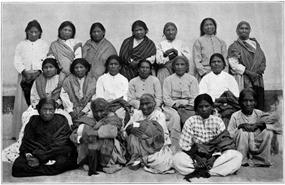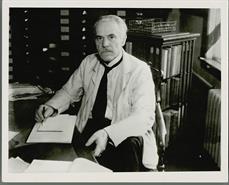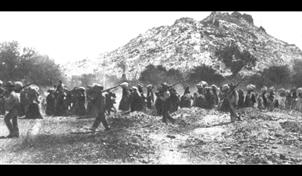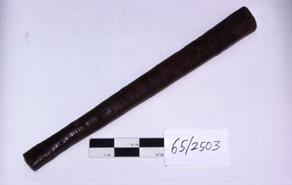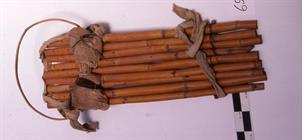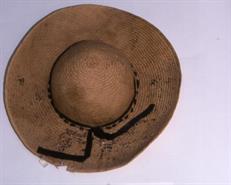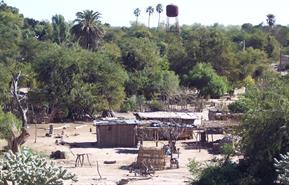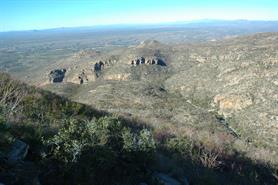
RANDALL H. MCGUIRE

Indigenous Archaeology
In 1902, the American physical anthropologist, Aleš Hrdlička
visited a Sonoran battlefield in the Sierra Mazatan. Ten days
earlier Mexican soldiers had attacked Yaqui families and
executed Yaqui men. Hrdlička removed 10 skulls, human bones,
clothing, weapons and a cradleboard. He sent them to the
American Museum of Natural History in New York City. All over
North America, Hrdlička and his archaeological colleagues
engaged in a colonial enterprise, the study of the ancestors of
the conquered by the descendants of the conquerors. Indigenous
Archaeology sprung from attempts by archaeologists both native
and non-native to decolonize this archaeology. In the 1980s and
1990s, I published seminal articles examining the historical
relationship between archaeologists and Indigenous peoples in
North America and I continue to do Indigenous archaeology
today. Indigenous archaeology is archaeology informed by
Indigenous values and agendas. As such, it is archaeology
conducted by and for Indigenous people. Ultimately Indigenous
archaeologists strive to help Indigenous peoples build vibrant
communities in full control of their pasts, presents and futures.
In 2008, Andrew Darling, Ventura Perez, Luis Jose Moctezuma,
Raquel Padilla and I assisted the Yaqui in their demand for
repatriation of the human remains and artifacts Hrdlička had
looted. Two years later, the Yaqui brought their dead home for
burial. PUBLICATIONS
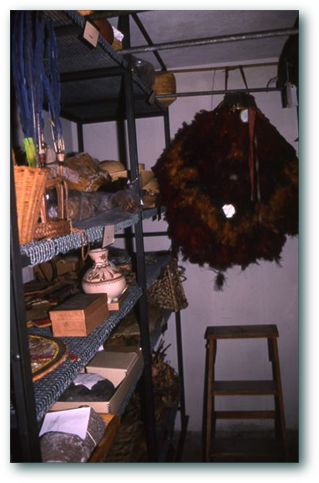
If you have come to help us defend our land, water
and culture, you are welcome. If you have come for
anything else, you must leave.
Gobernadores de los Pueblos Yaqui - Torim 2008


Los Yaquis, El Regreso de Los Guerreros
Desde Nueva York de Mario Alberto Pérez,
en Español
Updated 7/14/2013



